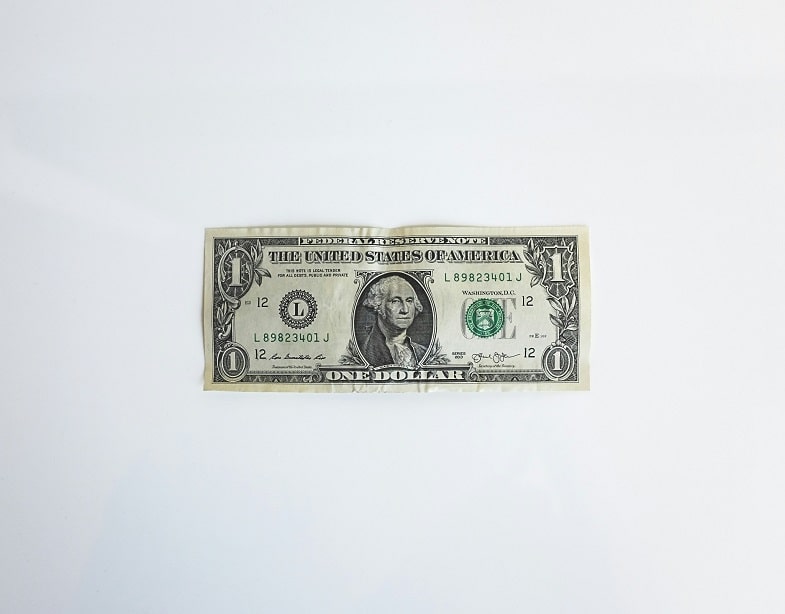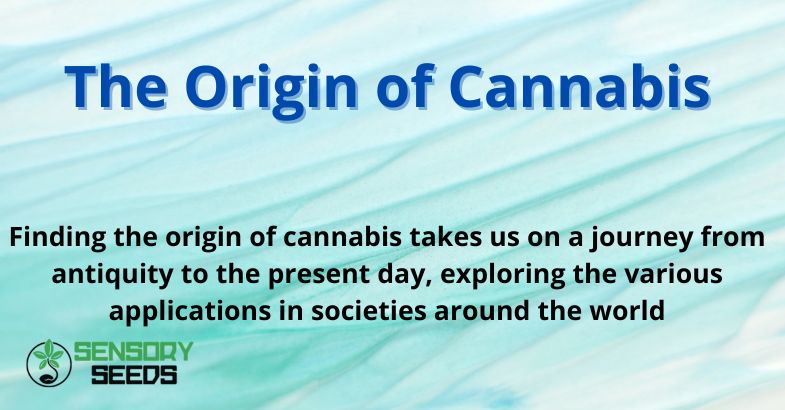Published on: 23/07/2024
Exploring the origin of cannabis takes us on a journey from ancient times to the present day, delving into its various applications across societies worldwide
Cannabis, scientifically known as Cannabis sativa, is one of the oldest plants cultivated by humanity. Its history is rich and diverse, having significantly impacted many cultures over millennia. Cannabis seeds were used not only for growing the plant but also as a source of nutrition, playing an important role both for dietary and therapeutic purposes.
The Ancient Origins of Cannabis
The earliest evidence of cannabis use dates back thousands of years. Archaeological findings suggest that cannabis was used as early as the Neolithic era, around 10,000 years ago. The first human populations to cultivate cannabis likely did so in Central Asia, particularly in regions corresponding to modern-day Mongolia and southern Siberia. This period coincides with the beginning of agriculture and the domestication of plants, a fundamental step in the development of human civilizations.
The cannabis plant was highly valued for its numerous uses. Hemp fibers, obtained from cannabis, were used to produce ropes, textiles, and paper. Additionally, marijuana seeds were an important nutritional source, rich in proteins, essential fatty acids, and other nutrients. However, it is likely that the psychoactive properties of the plant were also known and utilized in ritual and medicinal contexts.
Read also: Hemp seed oil: 5 exclusive properties you should absolutely know


The Spread of Cannabis in Antiquity
Over millennia, the cultivation of cannabis gradually spread from Central Asia to other parts of the world. By around 2000 BCE, cannabis was already present in China, where it was used both as a textile fiber and for medicinal purposes. The famous Chinese herbalist Shen Nung, who lived in 2737 BCE, mentioned cannabis in his medical treatise, the “Pen Ts’ao.” According to Shen Nung, cannabis was effective in treating various ailments, including gout, rheumatism, and malaria.
In India, cannabis also has a long history of use, dating back about 3,000 years. On the Indian subcontinent, the plant was known as “bhang” and was used in religious rituals as well as medicine. In the Vedic texts, the ancient sacred scriptures of Hinduism, cannabis is mentioned as one of the five sacred plants and is associated with the deity Shiva. The cannabis-based drink called bhang is still consumed today during some religious festivals in India.
In the Middle East, cannabis was known to the ancient Scythians, a nomadic people of the Eurasian steppes, who appreciated its psychoactive properties. Herodotus, the Greek historian, described how the Scythians used cannabis during funerary rituals to purify their bodies and spirits. In Egypt, there is evidence of cannabis use dating back around 3,000 years. Egyptian physicians used the plant to treat various medical conditions, such as inflammation and pain.
Cannabis in the Classical Era
During the classical era, cannabis continued to spread and be used in various ways. In ancient Greece, cannabis was known and used primarily for its fibers. The Roman Empire inherited much of the Greek knowledge about cannabis. The Romans used the plant mainly for its fibers but also recognized its medicinal properties. Galen, one of the most influential physicians of antiquity, wrote about the analgesic properties of cannabis, highlighting its potential in treating various painful conditions.
Cannabis in the Middle Ages
During the Middle Ages, knowledge of cannabis and its uses continued to evolve. In Europe, hemp cultivation became increasingly widespread, especially for producing ropes and textiles essential for the naval industry. Sailors used hemp ropes for their strength and durability, qualities crucial for long ocean voyages.
In the Islamic world, cannabis took on even greater significance. Medieval Muslim scholars deepened their understanding of the plant’s medicinal properties. Avicenna, the famous Persian physician and philosopher, mentioned cannabis in his “Canon of Medicine,” describing its therapeutic effects. Additionally, cannabis was also used recreationally. The famous explorer Marco Polo recounted his experiences with the Hashshashin, a group of assassins who used hashish, a resin obtained from cannabis, to enter a state of ecstasy.
Cannabis in the Renaissance and Modern Era
With the Renaissance came a revival of interest in botany and medicine, and cannabis was no exception. During this period, the plant continued to be cultivated primarily for its fibers, but its medicinal properties were also studied with growing interest. Paracelsus, one of the pioneers of modern medicine, explored the effects of cannabis, contributing to a deeper understanding of its therapeutic properties.
The Age of Exploration further contributed to the spread of cannabis. When European colonists landed in the New World, they brought hemp seeds with them to cultivate the plant in the American colonies. Hemp became an important crop in the Americas, used to produce textiles, ropes, and paper. Even George Washington, one of the founding fathers of the United States, grew hemp on his plantation at Mount Vernon.


Cannabis in the 19th and 20th Centuries
In the 19th century, cannabis began to be studied more systematically by the Western scientific community. During this period, some of the plant’s major chemical compounds, such as THC (tetrahydrocannabinol) and CBD (cannabidiol), were isolated and identified for the first time. These studies contributed to a greater understanding of the mechanisms of action of cannabis and its therapeutic potential.
However, in the 20th century, the public and legal perception of cannabis underwent significant changes. The plant, which had been used for millennia in various cultures for medicinal and recreational purposes, became the subject of political and social controversies. In the United States, the prohibition of cannabis began with the Marihuana Tax Act of 1937, which imposed heavy restrictions on the cultivation and use of the plant. In the 1960s and 1970s, cannabis became a symbol of counterculture but remained illegal in most countries worldwide.
Cannabis in the 21st Century
In recent decades, there has been renewed interest in cannabis for both medical and recreational purposes. Scientific research has continued to explore the plant’s therapeutic properties, discovering that CBD, one of the main components of cannabis, has potential benefits for treating various conditions such as epilepsy, anxiety, and chronic pain. As a result, many countries have begun to revise their cannabis laws, allowing for medical use and, in some cases, recreational and personal use.
The legalization of cannabis in countries like Canada, Uruguay, and several US states has opened up new economic opportunities and spurred further research. Today, cannabis is at the center of a global debate about its regulation, with many advocates highlighting its therapeutic benefits and economic potential, while others express concerns about possible negative effects on public health and safety.
Read also: Curiosities, myths and unexpected truths about cannabis that you absolutely need to know
Conclusion
The origin of cannabis is a fascinating story spanning thousands of years and various cultures. From a wild plant of the Asian steppes to an essential crop for fiber and medicine production, cannabis has played a significant role in human history.
Today, we are rediscovering many of its ancient applications and exploring new potentials in both medical and economic fields. The ongoing evolution of legislation and research on cannabis promises further discoveries and opportunities as we address the challenges of balancing the benefits and risks associated with this historically significant plant.
If you want to learn more, visit our blog on Sensoryseeds and discover a wide selection of the best cannabis seeds for your crops!









